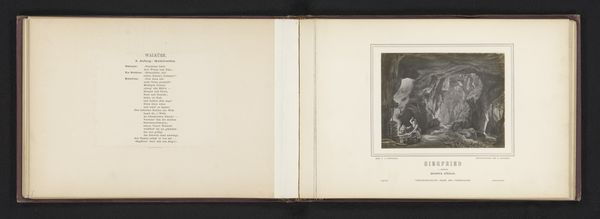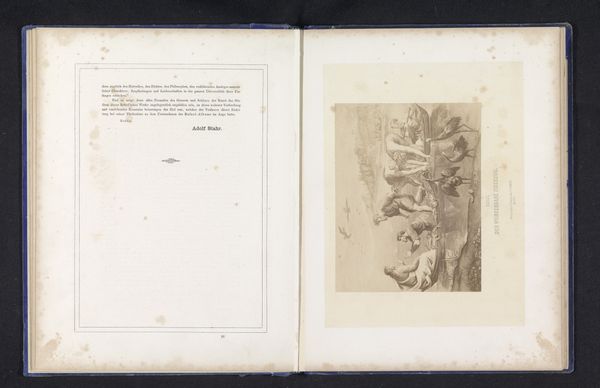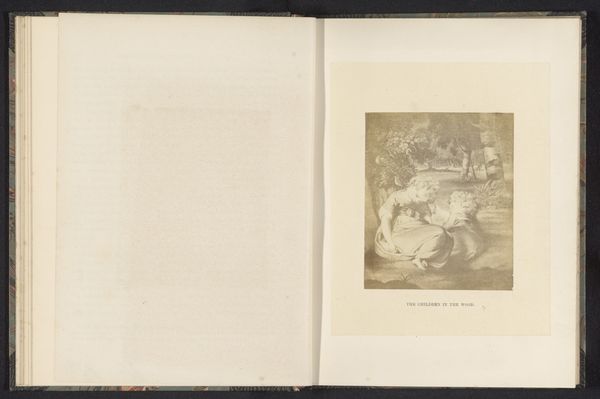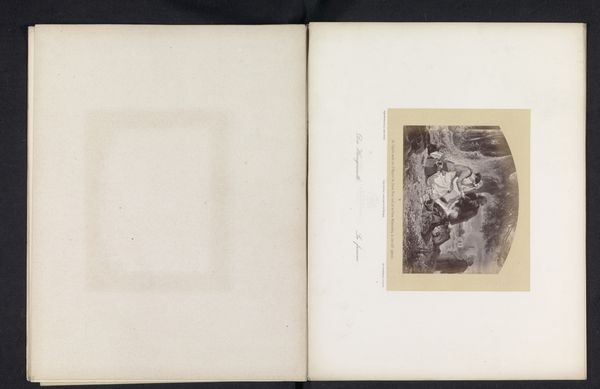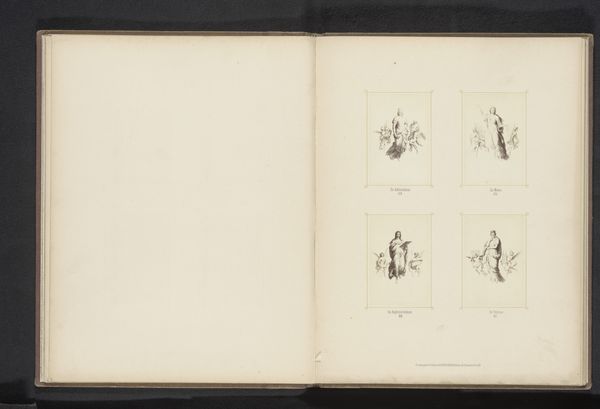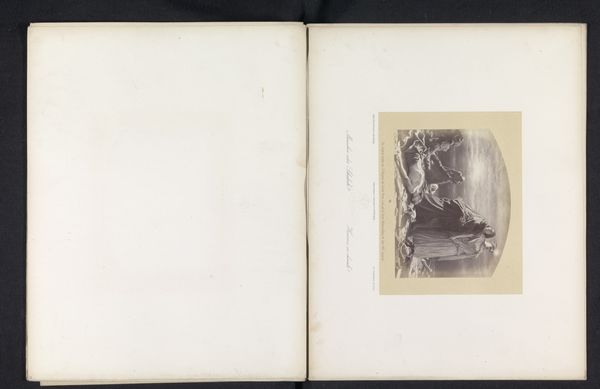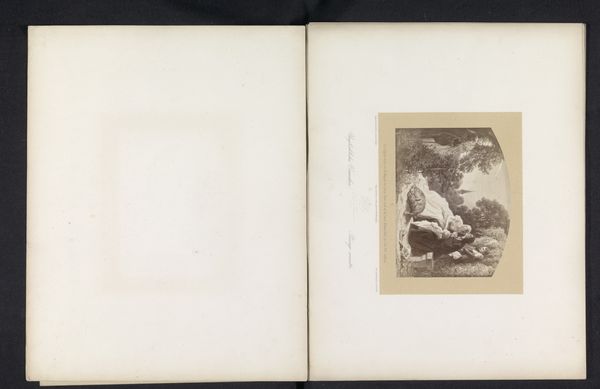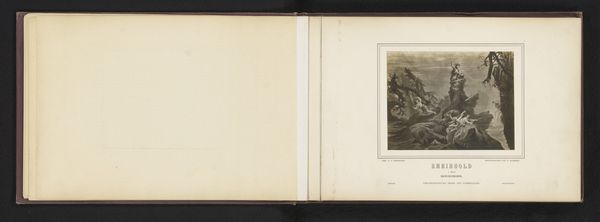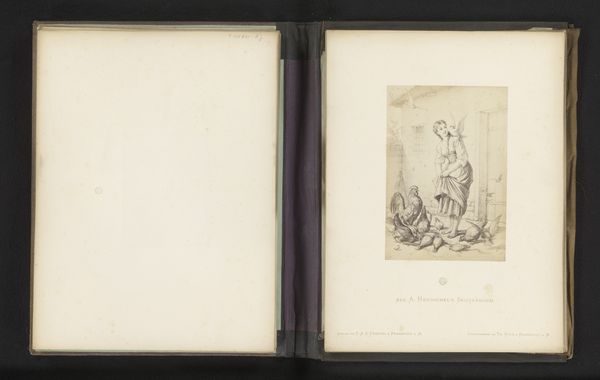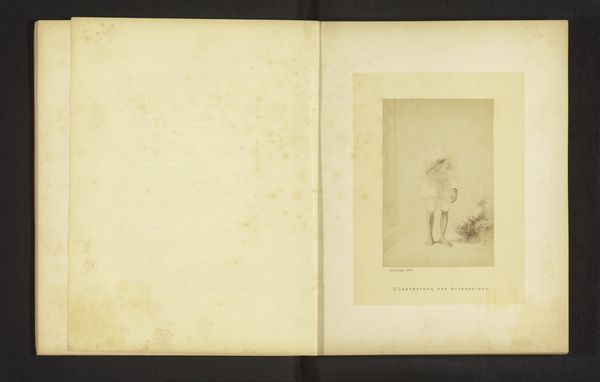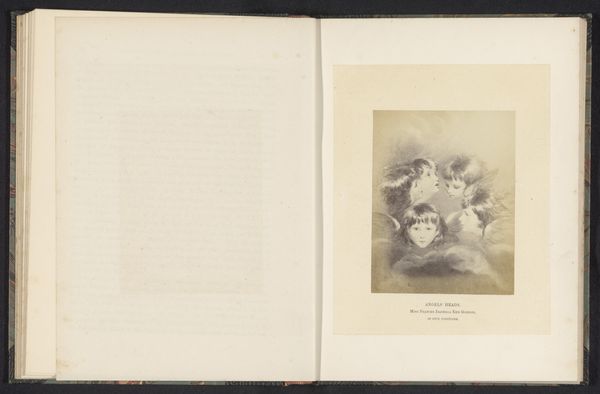
photography, albumen-print
#
portrait
#
photography
#
genre-painting
#
albumen-print
#
realism
#
building
Dimensions: height 106 mm, width 86 mm
Copyright: Rijks Museum: Open Domain
Editor: This albumen print, "Twee meisjes in feestkostuum voor een huis te Entzheim", which I think translates to "Two girls in festive costumes in front of a house in Entzheim," was created by Lalleman & Hart sometime before 1865. It's a charming scene, but the tonal range seems quite limited, which flattens the image. What do you notice about the materials and methods used to create this work? Curator: The albumen print itself speaks to a very specific moment in the industrialization of photography. Consider the shift: a move from unique, handcrafted images like daguerreotypes to a process permitting relatively easy reproduction. The material—egg whites used for the coating—were a key component, and they created new supply chains. The very creation and dissemination of images shifts under this technology. Editor: That’s fascinating. So the albumen print isn't just about the image it depicts but also about its place in a larger industrial context? How does that inform our understanding? Curator: Precisely! Think about the labor involved: the photographers, the suppliers of albumen, the people involved in distributing the final product. Were the photographers challenging fine art? It is about capturing a quaint domestic scene, but the social context around that becomes quite relevant. Editor: It’s making me consider the accessibility of photography at this time. I had always assumed photographs were only available to a select elite, but the industrial elements you discuss suggest that they may have had a broader reach? Curator: Yes and no. Albumen prints, while reproducible, still required a level of economic investment both on the part of the producer and the consumer. The photographic process involved significant material costs and expertise, placing it out of reach for many. We can still see a sort of mass-consumption aspect, compared with hand-made drawings that had taken years to perfect. Editor: That makes so much sense. Thinking about art through the lens of materials and labor definitely offers a new understanding. I’m walking away with so much. Thank you.
Comments
No comments
Be the first to comment and join the conversation on the ultimate creative platform.
